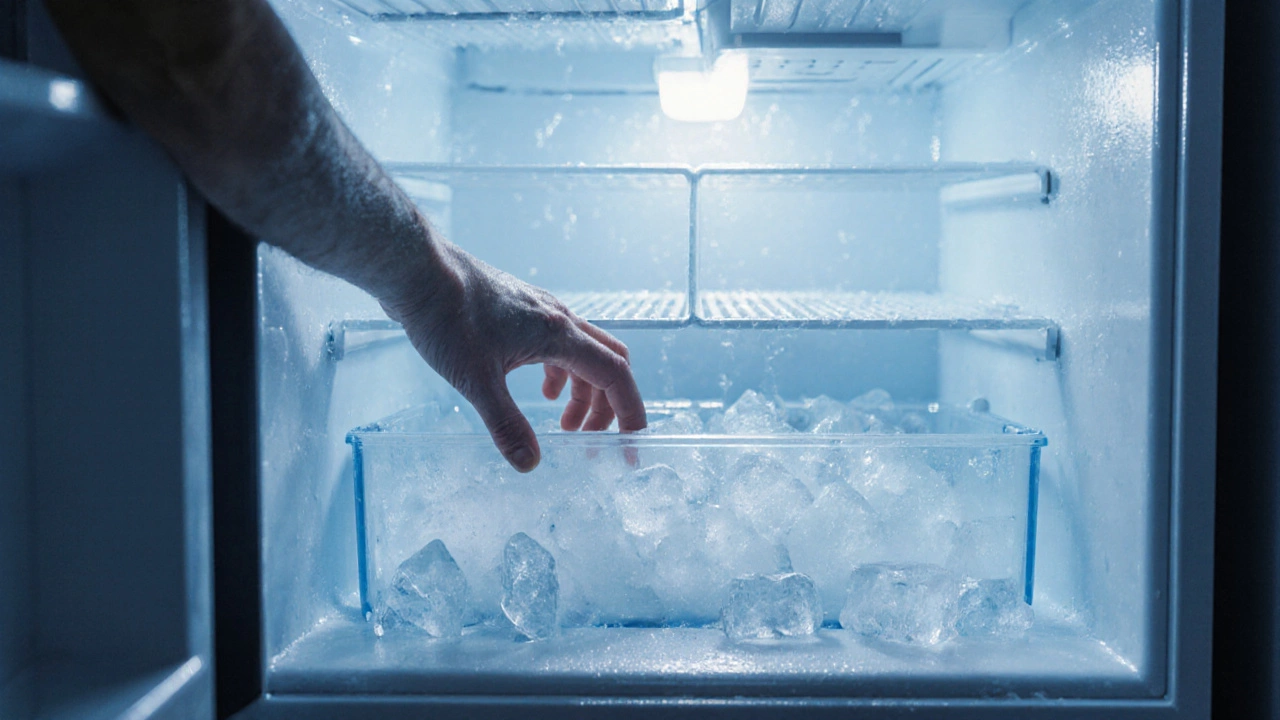When dealing with household appliances, the water inlet valve is the unsung hero that lets clean water do its job. Water Inlet Valve, a controllable gate that opens when an appliance signals a need for water and closes to stop flow. Also known as inlet valve, it sits between your home’s water supply and the appliance’s internal plumbing, using an electric coil to act like a tiny door.
This component is a key part of any machine that fills with water on demand. Its job is simple: receive an electrical pulse from the control board, then lift a diaphragm to let water in at the right pressure. When the pulse stops, the coil pulls the diaphragm back, sealing the path. Because it directly controls water volume, a faulty valve can cause over‑filling, under‑filling, or leaks that waste energy and damage parts.
In a Washing Machine, the central hub for laundry cycles that mixes water, detergent and clothes. The machine’s water‑level sensor tells the control board when to call for more water, and the board energizes the inlet valve’s solenoid. Attribute: cycle‑triggered flow control. Value: the valve opens just enough to reach the preset level for each wash, rinse, or spin. If the valve sticks open, you’ll see soggy floors and a machine that never reaches spin speed; if it sticks closed, the drum runs dry and the load won’t clean properly. Many of the washer‑diagnosis guides in our collection focus on checking the inlet valve’s electrical resistance, cleaning mineral buildup, and verifying proper water pressure.
Another common symptom is a “no‑fill” error. A quick test is to listen for the faint click of the valve when the machine starts a cycle. No click usually means a dead coil or a broken wire—both easy fixes if you have a multimeter and the right replacement part. By understanding the valve’s role, you can save time and avoid calling a technician for what is often a DIY repair.
Dishwashers share a similar setup but add a few twists. The Dishwasher, a kitchen appliance that sprays water to clean dishes uses a Solenoid Valve, an electromechanical valve that regulates water entry based on the wash program. Attribute: program‑dependent flow. Value: high‑temperature wash, quick rinse, or eco‑cycle each demand a different water volume. When the solenoid fails, you may notice a puddle at the base of the unit, error codes that mention “water fill,” or a cycle that stops mid‑wash. The articles on dishwasher troubleshooting in our archive walk you through checking the valve’s coil resistance, inspecting the water supply line for kinks, and cleaning out any food particles that could jam the valve seat.
Both washers and dishwashers rely on steady water pressure, and that’s where the home’s plumbing network enters the picture. A Pressure Regulator, a device that keeps water pressure within safe limits for appliances works upstream of the inlet valve. If the pressure spikes, the valve may open too far, leading to leaks; if it’s too low, the valve might close prematurely, causing “under‑fill” errors. Simple maintenance—checking the main shut‑off valve, flushing the supply line, and ensuring the regulator isn’t clogged—can prevent many inlet‑valve headaches.
In short, the water inlet valve sits at the crossroads of electrical control, fluid dynamics, and appliance intelligence. Understanding its attributes—like coil resistance, pressure tolerance, and response time—lets you diagnose problems faster. Below you’ll find a curated set of guides that dive deeper into testing methods, part replacement steps, and preventive tips for washers, dishwashers, and even refrigerators that use similar inlet mechanisms. Armed with this context, you’ll be ready to pick the right article and get your appliances back to work without a costly service call.
Posted by
Orin Trask
0 Comments

Learn why your freezer ice maker stopped, follow a step‑by‑step troubleshooting guide, fix common issues, and know when to call a professional.
read more